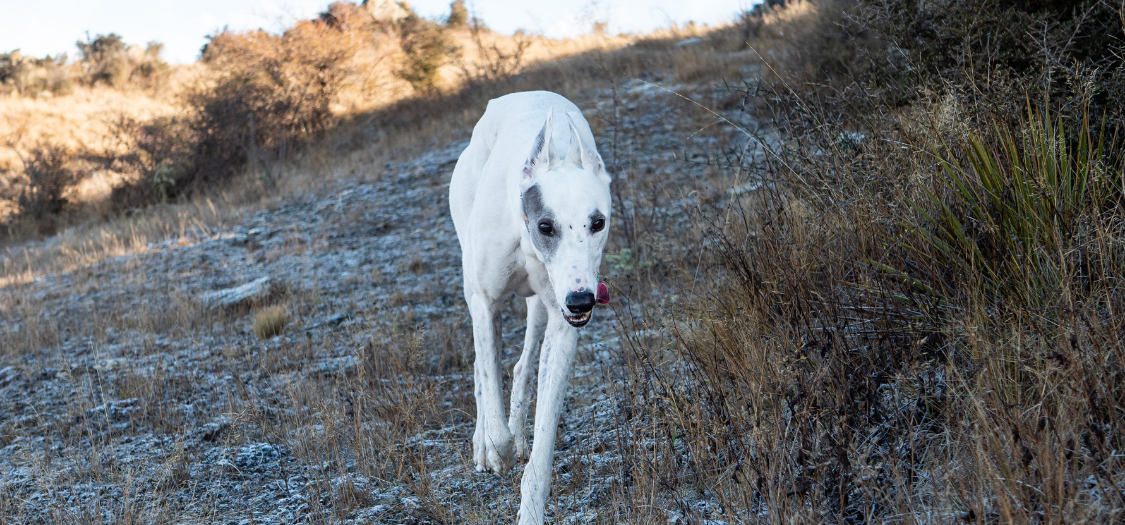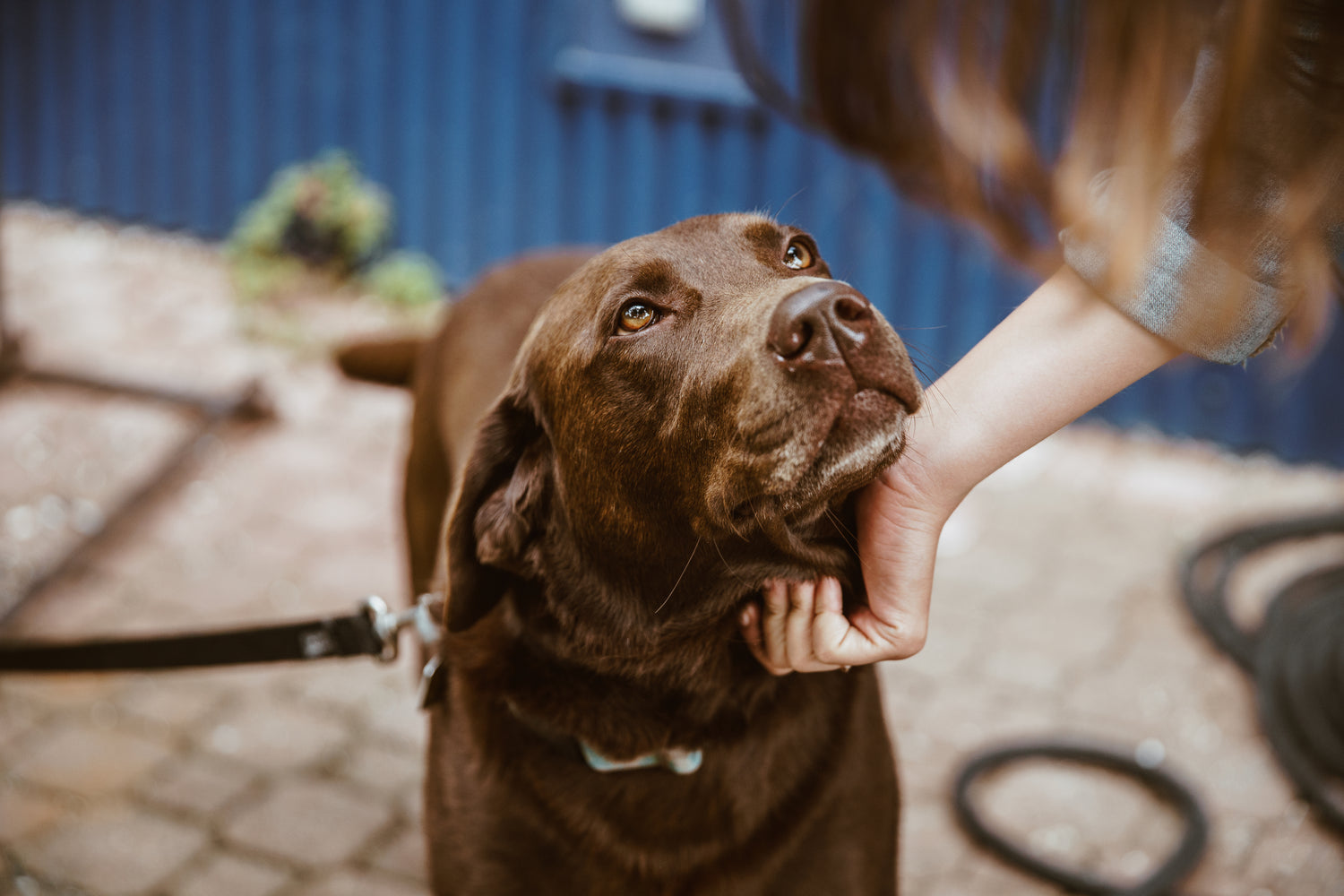10 Reasons Why Your Dog Might Be Limping on Their Front Leg
My Dog Is Limping On Their Front Leg. What Could It Be?

My Dog Is Limping On Their Front Leg. What Could It Be?
You might have noticed your dog limping when you've come back from a walk, or they're simply walking around the house. Here are 10 of the most common reasons why your dog might be limping in their front leg. We would however still recommend you go visit your vet to get a confirmed diagnosis:
If you have a greyhound or sighthound, this could be the reason your dog is limping! Look at your greyhound's paws. Can you see a hard circular spot forming on the surface?
Read more about corns in greyhounds here

Common in older dogs, the toe joints can swell and click which is an indication of arthritis. Arthritis can be painful, so read more to see how you can help your dog manage the day-to-day.
Read more arthritis in dogs here

Have a thorough look at your dog's paw. This includes clearing the paw gently with clean warm water to see if you can see any bleeding which might indicate a thorn or similar.

Arthritis can show in one or both front legs. Your dog might show swelling on the angle of the carpal joints can change. Arthritis symptoms include your dog getting out of bed slowly, going slower on walks, finds tight corners difficult or uncomfortable.
Read more about Dog Carpal Arthritis here
Due to exercise or an accident e.g. your dog jumping down from a high wall.
Read more about Dog Carpal Strain here
Due to an accident. This can include lacerated the carpal muscle and ligaments.
Read more about Dog Carpal Damage here

Carpal hyperextension is when your dog’s carpus - commonly called your dog's wrist - collapses or hyperextends. Carpal hyperextension in dogs happens because the ligaments get damaged, becoming overstretched, strained or, in serious cases, completely torn. Consequently, the joint sags downwards, and the wrist can touch the ground.
Read about Carpal Hyperextention: Causes, Prevention and How to Help

Dog elbow dysplasia is abnormal development of the elbow joint. It causes pain, swelling, instability and often leads to arthritis. Elbow dysplasia is most common in medium to large breed dogs, most frequently: Labradors, Golden Retrievers, Rottweilers, German Shepherds, Bernese Mountain Dogs, Newfoundlands and Bassett Hounds. However any breed at any age can suffer from elbow dysplasia.
Read about Elbow Dysplasia: Prevention, Treatments and How to Help
Dog shoulder injuries can range from mild dislocations or strains to severe tendon injuries. The shoulder joint in dogs is more mobile than any other main limb joint. They are vulnerable to becoming dislocated, sustaining injury through trauma, or more degenerative, and often age-related, joint issues, such as arthritis.
Read about Shoulder Injuries and Shoulder Disloation in Dogs here
Feel free to email us a video of your dog if you would like us to help diagnose your dog. Our email is: woof@zoomadog.co.uk
We can help find the right solution for your dog
Feel free to give us a call on 01730 622544
or email us at woof@zoomadog.co.uk
Leave a comment